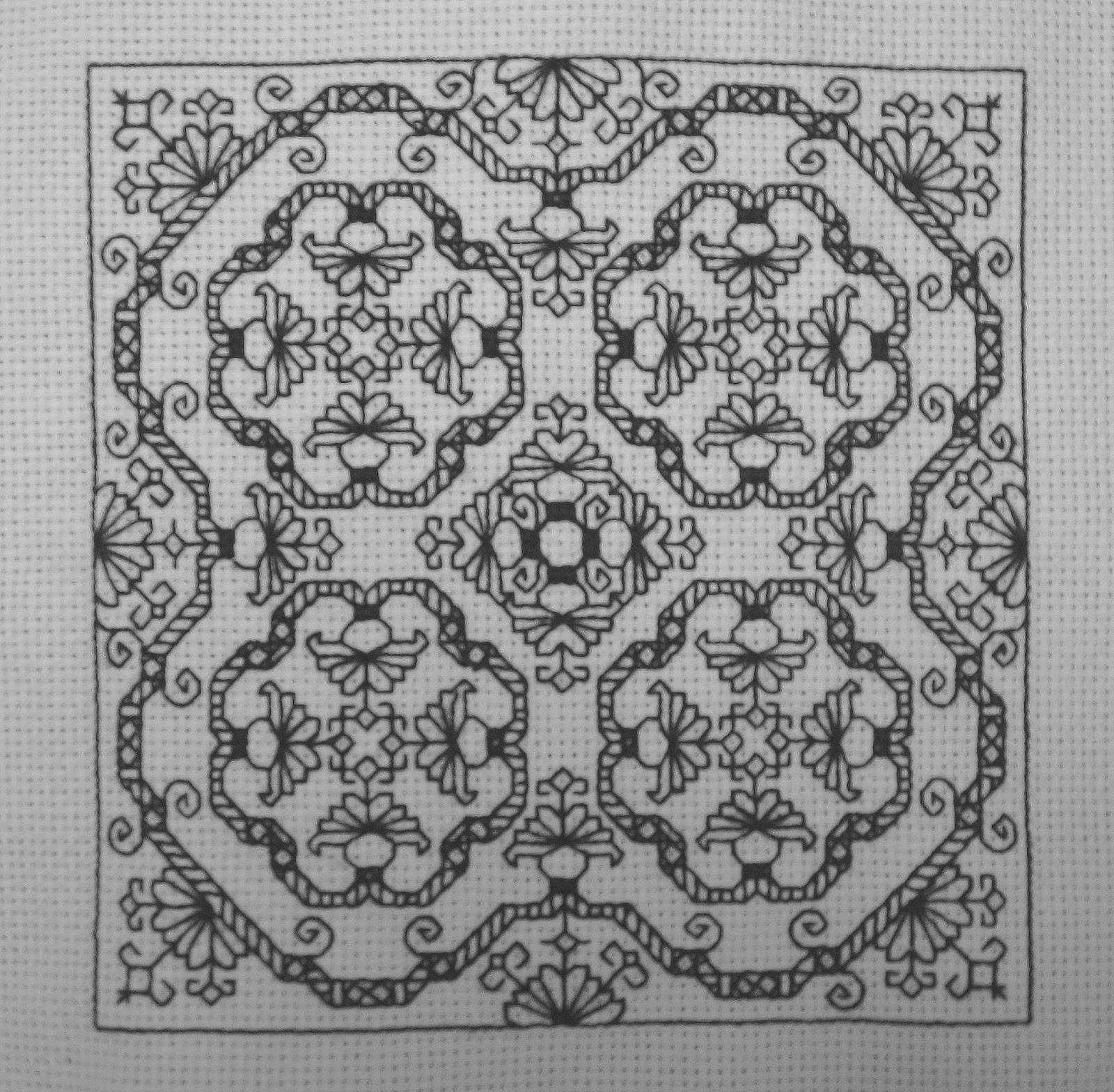Friday, October 17, 2014
No road is too long for him who advances slowly and does not hurry, and no attainment is beyond his reach who equips himself with patience to achieve it.
Jean de La Bruyere
I have added some finishing touches to the flowers in an attempt to give them depth. I am struggling again with the lighting. I don't want the flowers on the far right to totally disappear but I think they still need to drop back a bit to make them look as if they are going down the side of the pot rather than the front. This is tricky ~ if they are too dark they will disappear completely. There is also a problem with the perspective but I might just leave it as it is. Each painting is a learning experience ~ next one will present its own set of problems.
Friday, October 3, 2014
Lily of the Valley
Creativity is more than just being different. Anybody can plan weird; that's easy. What's hard is to be as simple as Bach. Making the simple, awesomely simple, that's creativity.
Charles Mingus
I have been working on this one for quite awhile ~ not quite finished with it but thought I would post it anyway. Although the composition may look simple I was working without a photograph or a set-up. I wanted to keep the number of things in the painting to a minimum, concentrating more on the lighting. Mingus' was quite right in his definition of creativity. I have been adding layers of paint and glazes trying to get the feel of the pot's shape and weight on the canvas. Now I will go back and try to add more depth and shape to the flowers. Simple, yes, but complicated. Ying and yang, again.
Thursday, August 14, 2014
Tuesday, June 17, 2014
Evening Bouquet
Our duty, as men and women, is to proceed as if limits to our ability did not exist. We are collaborators in creation.
Pierre Teilhard de Charden
This painting started with a photograph of only two sunflowers in a blue vase. It just kept going and going! I had looked at several other photos and was so touched by the beauty of each one that it just seemed logical to include bits and pieces of them into this one piece. The quote from de Charden captures exactly how I felt while working. This is not just my work but the work of many, many others ~ being an artist is being part of a magnificent team from the guy who stretches the canvas, to the woman who produces the paints, on and on until finally some collaborative effort is finally complete ~ or is it???
Pierre Teilhard de Charden
This painting started with a photograph of only two sunflowers in a blue vase. It just kept going and going! I had looked at several other photos and was so touched by the beauty of each one that it just seemed logical to include bits and pieces of them into this one piece. The quote from de Charden captures exactly how I felt while working. This is not just my work but the work of many, many others ~ being an artist is being part of a magnificent team from the guy who stretches the canvas, to the woman who produces the paints, on and on until finally some collaborative effort is finally complete ~ or is it???
Monday, March 31, 2014
Ralph Waldo Emerson
This recent painting perfectly captures the essence of Emerson's observation about simplicity. One flower blooming in a pot accompanied by one perfectly shaped pear serves as a lovely reminder of the order of nature. Even though the linen appears at first to be in disarray the overall composition of the pot, the pear, and the cloth is one of symmetry and clear design. Even in the busiest of paintings, even in the seemingly chaos of an abstract work, simplicity must exist to bring harmony to the piece. It may take a while to discern ~ it may not be evident at first glance, but it's there. Trust me.
Wednesday, March 26, 2014
To the beautiful belongs an endless variety. It is seen not only in symmetry and elegance of form, in youth and health, but is often quite as fully apparent in decrepit old age. It is found in the cottage of the peasant as well as the palace of kings.
George Caleb Bingham
The needlework project displayed above is an example of blackwork embroidery. Historically, this type of stitching was done on garments in England during the reign of Henry VIII. The earliest forms of blackwork employed counted stitches that produced geometric patterns. I enjoy stitching these pieces because they are visually very structured while conveying tremendous motion. As an artist I struggle to bring "looseness" into my work. Oftentimes, the simple addition of a few quick strokes will bring life to a painting. Blackwork, however, reminds me of the beauty of symmetry. Every painting must have an underlying organization in order to be successful. Form, light, even texture within the painting has to conform to a degree of symmetry. Sometimes, as in the case of blackwork, that perfect design is all that is needed ~ other times a bit of chaos is needed. I guess that is why when royalty adorned their clothing with blackwork they capped their ensemble with a bejeweled crown! Yin and yang!
Subscribe to:
Comments (Atom)






